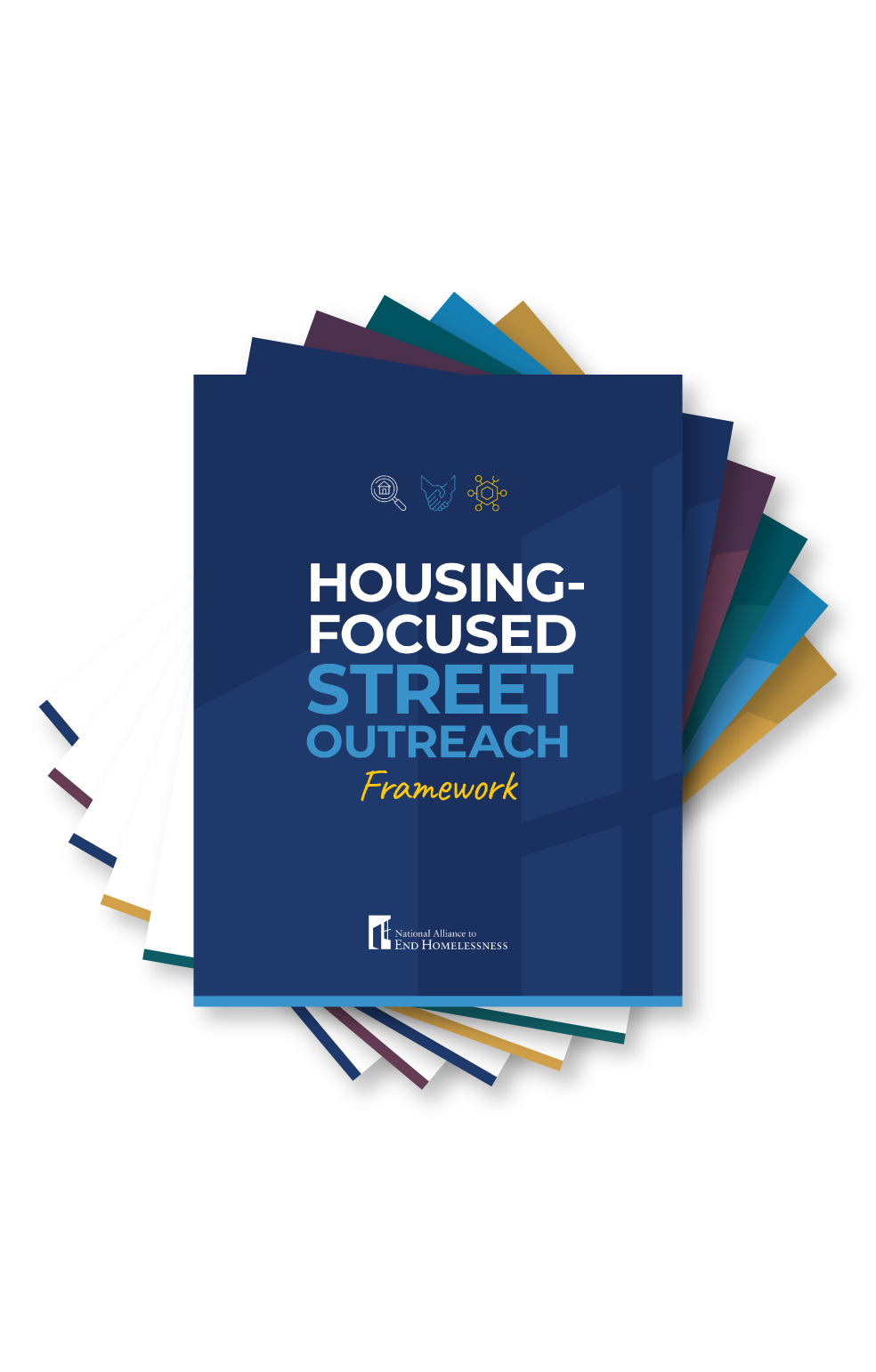Prior to this internship, all of my knowledge regarding homelessness was anecdotal. I grew up in a city where homelessness was a very pressing issue, and so for most of my life I was surrounded by a general sense of frustration and resentment toward homelessness. Now as a rising senior in college, I have chosen to focus my education and future career on human rights issues. However, as I entered this internship, I had never explored homelessness so deeply, surrounded by experts who felt passion and hope for ending homelessness rather than exasperation and impatience.
These are just five of the things that I learned during my summer, but they all impacted me deeply and changed the way that I consider this issue. I still have so much more to learn, but these five facts reinforce the feasibility and the urgency of ending homelessness for me.
1. The cost for ending homelessness is big, but not that big.
A recent analysis shows that it would cost an additional $9.6 billion to provide Rapid Re-Housing or Permanent Supportive Housing to everyone in a homeless shelter unable to access housing in a single year.
Estimates have shown that high-end approximations of connecting every sheltered individual with a Housing First placement would cost $9.6 billion. That sounds large, but in terms of government spending, this is actually a very realistic number. For context, it represents about 11 percent of total defense spending. I had always imagined ending homelessness to be a financial issue, but it seems fairly evident that the funding is there to end homelessness, there just needs to be more political will.
2. Veteran homelessness is on the way to being solved, so we know what works.
Veteran homelessness has decreased by 56% since 2010, proving that when we have the will and the resources, the programs work. Strategies that were implemented to decrease homelessness among veterans include using evidence-based policy and program design and providing key resources at a scale necessary to get the job done. Furthermore, opinion polling shows that 72% of respondents support using federal dollars to take the same approach that worked with the veteran population for the entire homeless population. Before my internship, I was unaware of the huge success that we have seen in veteran homelessness, but more than that, I was unaware of the way that those same tactics can work for the broader population.
3. More people than ever are experiencing homelessness for the first time.
From 2019–2023, the number of people who entered shelter for the first time increased by more than 23%. Throughout the course of my internship, I learned about how homelessness is not a distant and removed concept, but rather, we are all one paycheck, one rent contract, one family disaster away from experiencing homelessness ourselves. Nearly 971,000 people experienced homelessness for the first time in 2023, and while it is easy to dehumanize the people behind that statistic, I argue that if we are to solve homelessness, we have to remember the people behind the numbers. This has helped me understand that we need a much stronger social safety net in the United States to prevent this increase of first-time homelessness.
4. Adults aged 50 and older are the fastest growing age group of those experiencing homelessness.
Older adults are especially vulnerable to homelessness because they often live on a fixed income that is insufficient to cover the cost of housing.
This was a shock. Five million people older than 65 years old are living below the poverty line. Older adults contribute to 20% of the overall homelessness population, and nearly one in four of the older adults were experiencing unsheltered homelessness. Their numbers are expected to triple by 2030.
Older adults should not have to decide whether their fixed income should go toward housing, food, or medication. It is our responsibility to take care of the more vulnerable members of our society, and that starts with ensuring that everyone has access to a safe and stable home.
5. Climate change and homelessness are deeply connected.
While climate change related events, such as natural disasters and rising temperatures, impact everyone in a community, they impact those with fewest resources the most. Unhoused people are forced to face these unpredictable and life-threatening conditions with no defense. Climate change related events can lead to chronic medical conditions, hypothermia, loss of documents or medications, and even death. Furthermore, climate events have severe effects on efforts to build and expand housing. The options for where housing can be situated are extremely limited, and the costs of construction and insurance skyrocket due to natural disasters. Moreover, homelessness service workers who have no bandwidth are forced to deal with crises that they could not predict. Ending homelessness means that there must be a coordinated effort across sectors, and that includes environmental justice.
I hope that my personal takeaways are an important reminder that learning about homelessness is a process. None of us began this work as experts, and not everyone we interact with will have the same understanding of the issue.
Sometimes it’s important to look back on our careers are consider the information that challenged our assumptions, that shaped our understanding of the issues, and that confirmed our belief that ending homelessness is possible. Hopefully, remembering the impact of those learnings will help us educate those around us.
Stay Updated: Solutions, Stories, and Ways to Make an Impact
Sign up to receive updates on the Alliance’s work, including the latest research, advocacy efforts, and real stories of progress — plus ways you can help drive lasting change.













